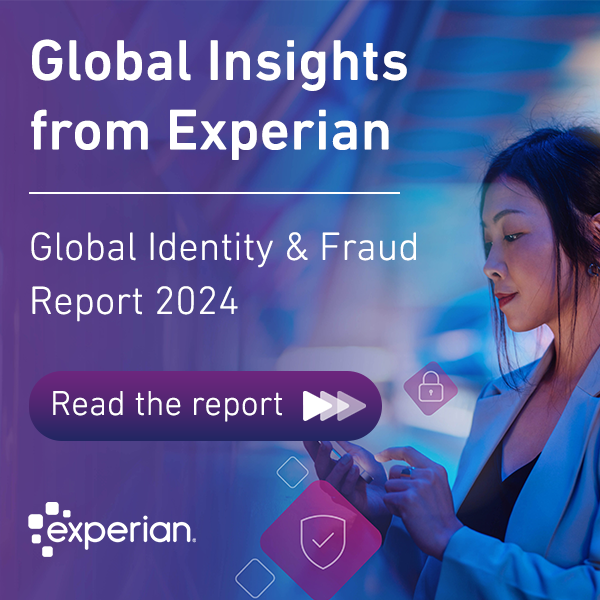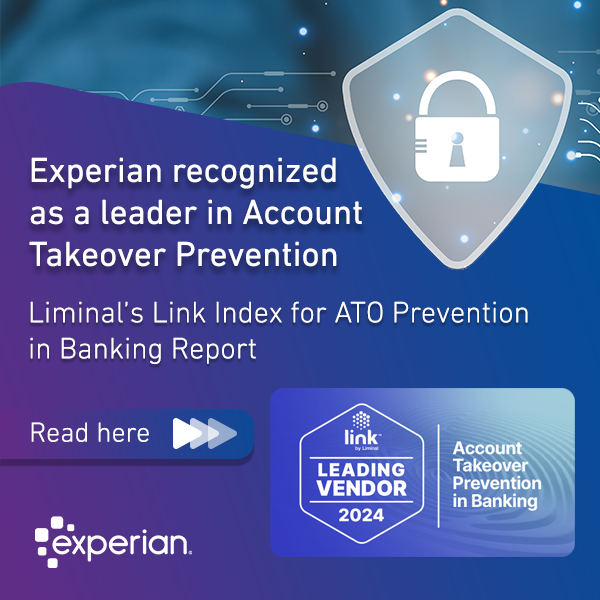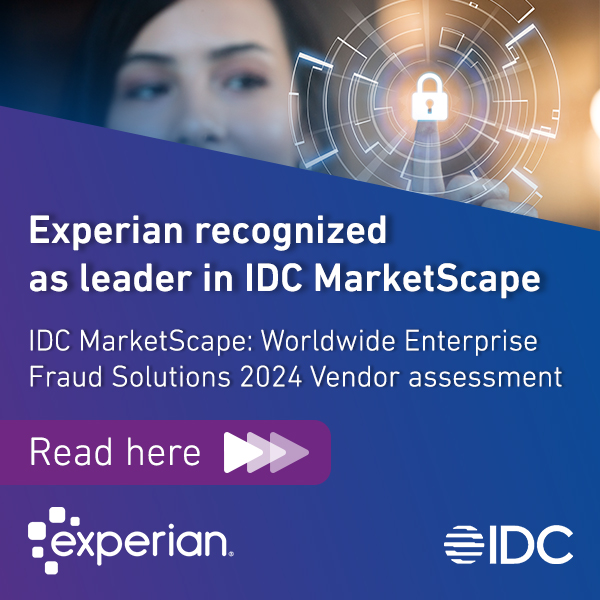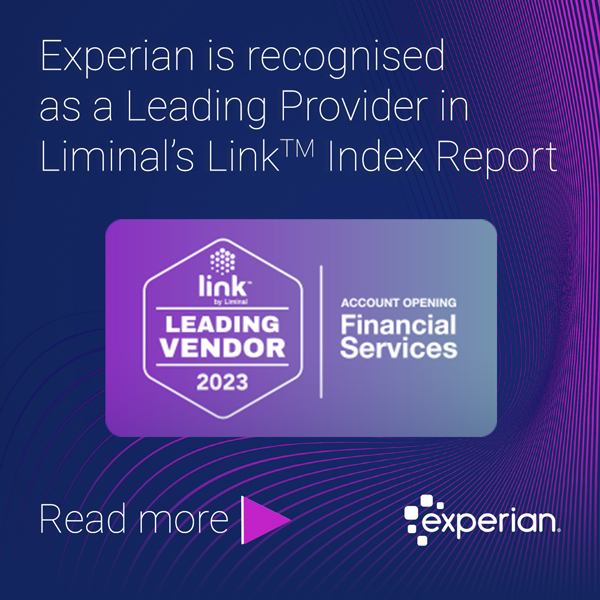In a recent DataTalk interview, I had the chance to reflect on and discuss how we define digital identity these days. The big digital shift we have been immersed in since the coronavirus pandemic started has certainly changed the way we create, relate to, and protect our identities online.
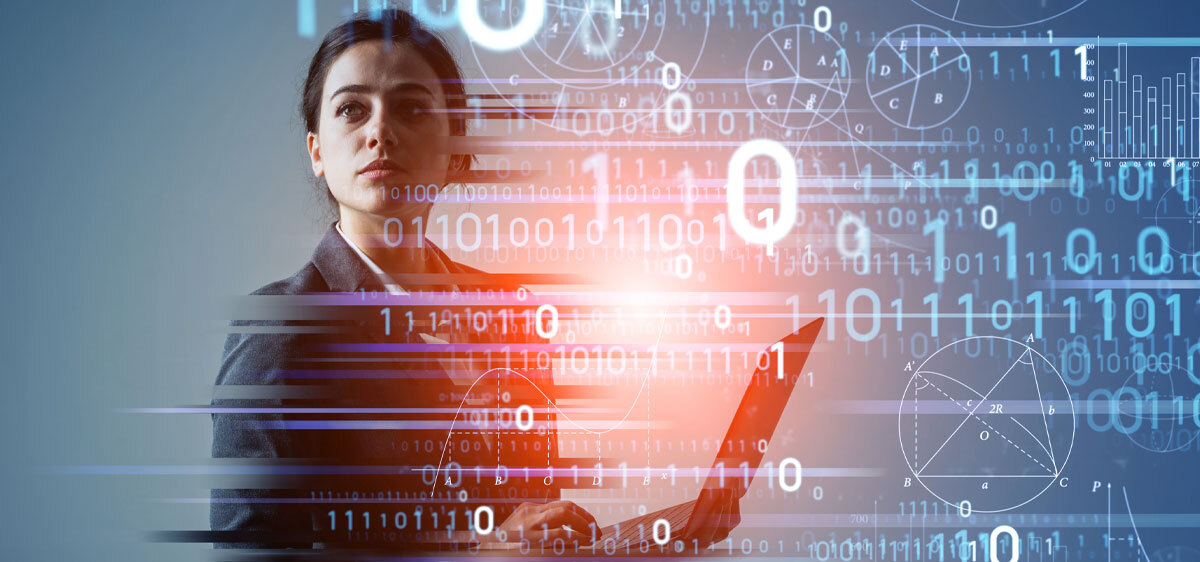
One of the most interesting aspects of this change is that the majority of people don’t think about how they’re being represented online; there’s a lot of information that represents us that we don’t typically take ownership over. We don’t tend to think about that, but it’s absolutely vital to the whole process. In this regard, this year’s Global Identity & Fraud Report shows that 8 in 10 businesses now have a customer recognition strategy in place, up 26% since the start of the pandemic. Many companies also developed digital strategies as they strove to improve their online experience and provide security and fraud prevention measures when customers needed it most. That certainly marks an inflection point, as for 55% of consumers globally, security is the most important element of their online experiences.
Covid-19 has changed the definition of digital identity
The covid-19 pandemic has impacted the way people rely on technology for their day-to-day interactions, from shopping to banking to digital identification. It’s particularly interesting seeing how for people that weren’t really engaged online before, that weren’t big believers in the whole idea of buying goods and services online, the risk of walking into a store during the pandemic outweighed their fears of shopping online. That translated into about 20% of the population moving their shopping online in the last twelve months, per Experian’s 2021 Global Identity & Fraud Report.
Looking ahead, the expectation is that 46% of consumers worldwide purchase and do more things online, even when physical stores and venues are safe to go back in again, meaning that people’s digital footprint is growing faster than ever.
In this context, we could define digital identity as how we represent ourselves in a digital environment and how do people recognize us.
For example, in the same way that years ago a good way to identify someone was looking up that person’s address and phone number, as landlines become a thing of the past, it’s possible to validate someone’s identity online using data gathered from mobile phones. The majority of people wouldn’t share those with anyone else, so their mobile phone becomes a really strong representation of their identity in the digital world. Today, opening our mobile phones with our thumbprint or via facial recognition feels very normal (that’s already part of our digital identity). Something similar happens with voice biometrics, IP addresses and device information, sources for identity data that are gaining prevalence in the digital-first world. All this identity data that is generated in the background starts to add up and creates uniqueness, helping people get recognized digitally.
Related Content
The race to Digital Identification, a DataTalk with Eric Haller
What is digital identity and why should we care
What are consumers the most concerned about when it comes to digital iterations

